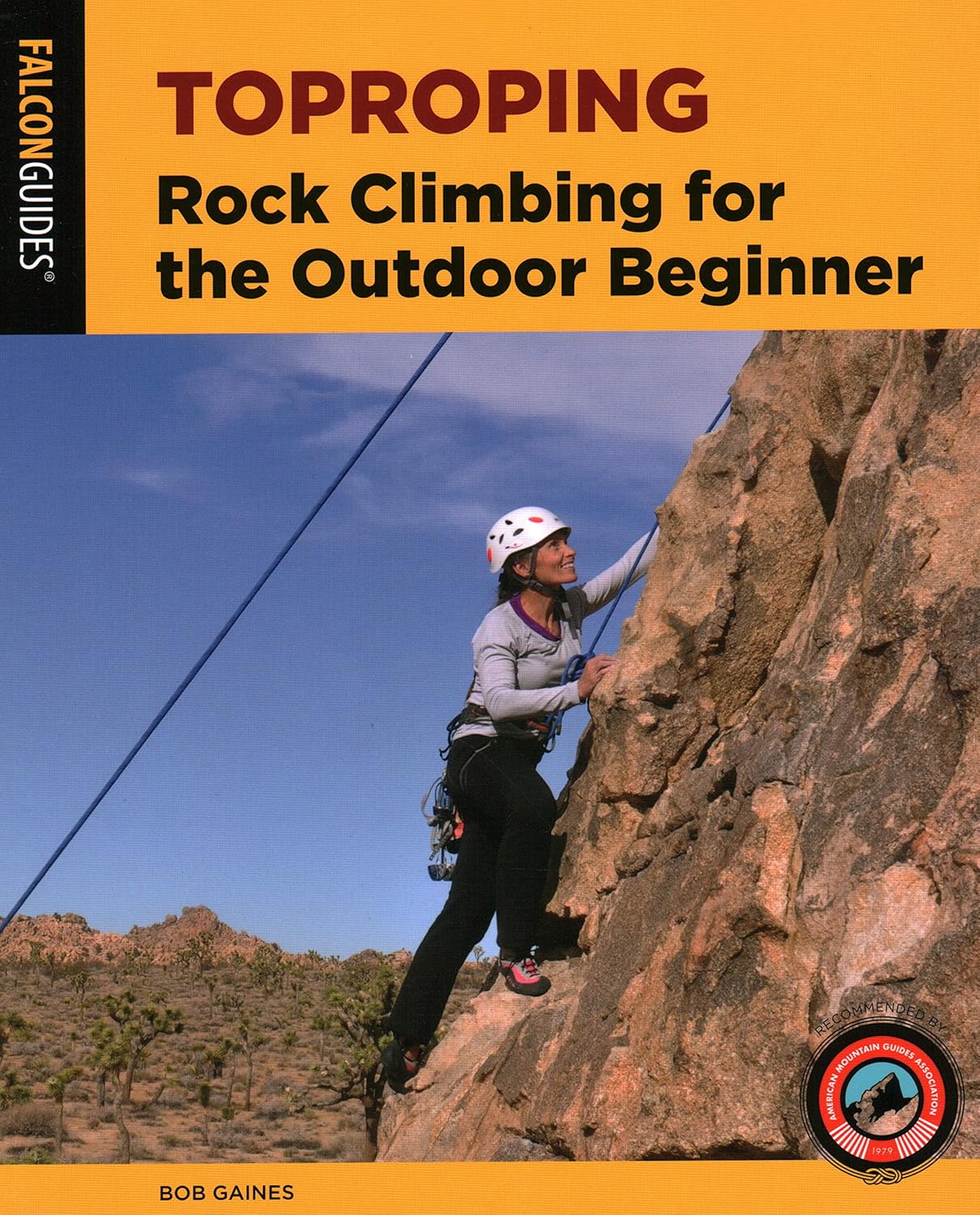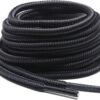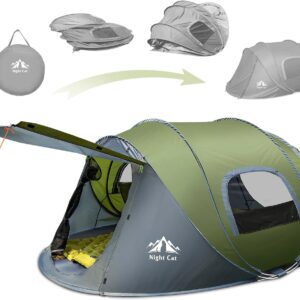Price: $24.95 - $22.30
(as of Oct 15, 2024 04:55:48 UTC – Details)
“Toproping” is rock climbing with the rope anchored at the top of the climb, as opposed to “lead” climbing, where a climber places protection as he or she goes. Having a top anchor lessens the
potential distance of a fall and creates a more controlled situation in which to hone your climbing technique. Toproping is at the heart of learning to climb, and being able to safely set up and manage toprope situations is a critical component in the development of any climber. While it seems simple on the surface, topropes must be rigged and configured properly in accordance with sound safety principles—and that’s where this book comes in.
From the Publisher


Updated Techniques for the Second Edition






Slab Climbing
Edges, sharp crystals, and protruding rugosities are the most obvious smearing targets. On lowangle blank slabs, often what you’re looking for is simply a ripple or dimple that’s slightly less steep. There are many friction climbs at Joshua Tree that are completely devoid of edges, climbed via a series of smears that resemble a miniature version of moguls on a ski run. When things get steeper and the route has more defined edges, remember that you can use both the inside and outside edge of the shoe. The basic edging technique is for the level of the heel to be slightly higher than the toe. To rest, if you’re on a tiny stance big enough for only one foot, use your heel to stand on it, resting your toes, while you shake out the other foot. Then switch feet and do the same. Another resting technique on a two-foot stance is to bend your knees and balance against the wall with your knees.
Steep Face Climbing
Overhanging mantles involve a more dynamic technique. Grab the mantle hold with both hands and set your feet as high as possible, focusing on precision with your footwork and keeping as much weight as possible on the feet. In one fluid motion, pull hard with both arms; then, at the moment you’re high enough, flip one elbow high enough so that the palm is pressing down. On difficult mantles with sloping and tiny holds, positioning the base of the palm opposite the thumb utilizes the small bones at the base of the wrist. These bones are shaped roughly like a horseshoe and can be hooked on the best part of the hold. If you do a lot of gym climbing, mantling technique may be one of your weaknesses, since unlike bouldering, you’re rarely topping out on a flat ledge. Training for mantle strength is all about triceps strength.
Crack Climbing
Compared to face climbing, mastering crack climbing technique is a much tougher learning curve… With the advent of a new generation of crack climbing gloves, painful hand wounds on the back of the hands (called “gobies”) can be avoided, and I’d definitely recommend getting a pair when you’re starting out. Obviously, the difficulty of a particular crack is dependent on the size of your fingers and hands. If you have very small or very large hands, the difficulty rating of a particular climb might feel easier or more difficult than it’s rated. For crack climbing, a stiffer, more comfortable shoe will serve you better than a slip-lasted, gym-style shoe with an aggressive taper designed for overhanging face climbing… Whenever you’re climbing a corner (also called a dihedral), look for stemming and bridging possibilities using your hands and feet in counterpressure. The basic principle is simple: opposite hand and foot.
Add to Cart
Add to Cart
Add to Cart
Customer Reviews
4.2 out of 5 stars
7
4.9 out of 5 stars
21
4.3 out of 5 stars
26
Price
$25.53$25.53 $27.95$27.95 $23.16$23.16
Publisher : Falcon Guides; Second edition (October 1, 2020)
Language : English
Paperback : 256 pages
ISBN-10 : 1493047817
ISBN-13 : 978-1493047819
Item Weight : 1.4 pounds
Dimensions : 7.67 x 0.55 x 9.28 inches



















Reviews
There are no reviews yet.